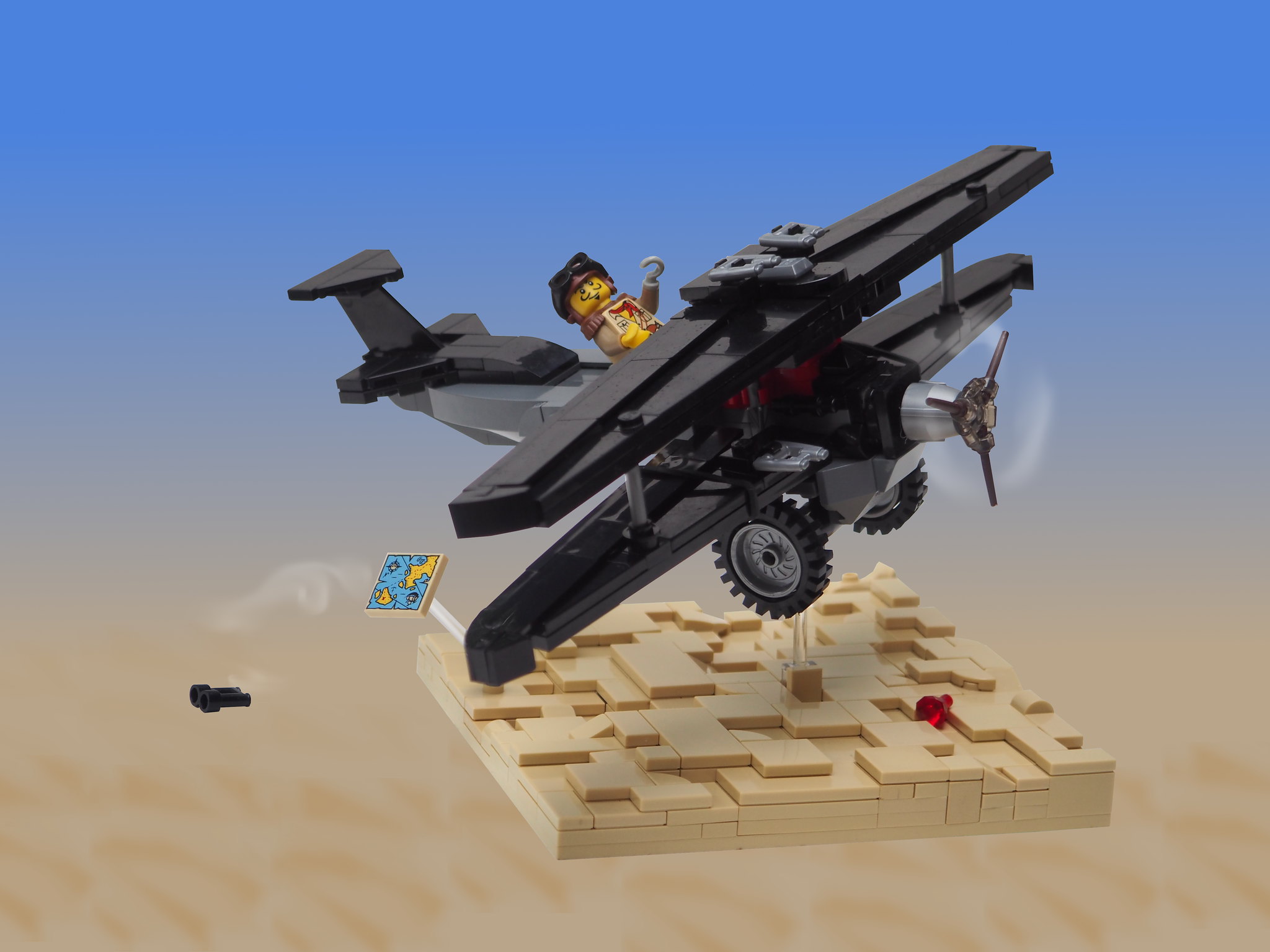LEGO loves space shuttles. For most of my life, hardly a year has gone by without at least one space shuttle gracing the pages of a LEGO catalog. 2025’s entry to the shuttle pantheon is unique, however, as 10360 Shuttle Carrier Aircraft is the first time LEGO has made the Boeing 747 transport companion. This pair of Boeing 747 jumbo jets were specially modified to ferry the shuttle coast to coast between missions. This set depicts the Shuttle Carrier Aircraft (SCA) N905NA, a converted American Airlines 747-100 built in 1970 then sold to NASA and modified in 1976, along with the Enterprise. The Enterprise was an unpowered shuttle prototype that was launched by the SCA mid-air for glide tests. LEGO’s homage includes 2,417 pieces, and will be available early to LEGO Insiders on May 15 and to all on May 18 for US $229.99 | CAN $299.99 | UK £199.99.
![]() The LEGO Group sent The Brothers Brick an early copy of this set for review. Providing TBB with products for review guarantees neither coverage nor positive reviews.
The LEGO Group sent The Brothers Brick an early copy of this set for review. Providing TBB with products for review guarantees neither coverage nor positive reviews.












